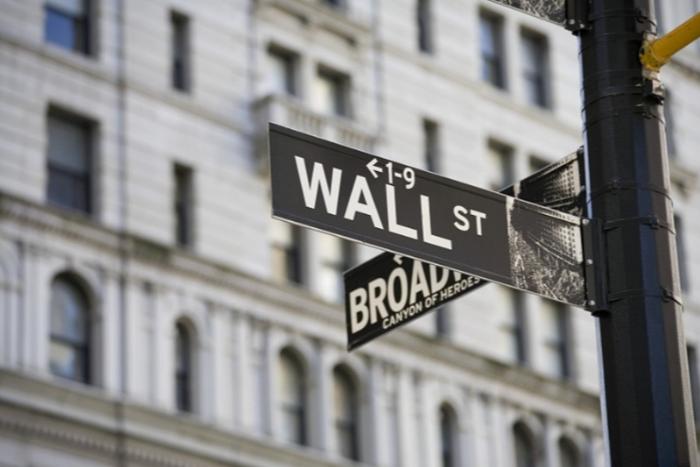
Affected by the U.S. tariff policy and the employment data for July far below expectations,
the U.S. stock market closed lower. The Dow Jones Industrial Average fell 601 points, a decline of 0.74%; the Standard & Poor’s 500 index recorded its largest single-day drop since May at -0.37%,
with the Nasdaq index plummeting by 473.75 points.
The market value of the U.S. stock market has shrunk by more than $1 trillion.
Data released early on the 1st by the Chicago Mercantile Exchange’s Federal Reserve Watch Tool showed that the probability of the Fed cutting interest rates by 25 basis points at its monetary policy meeting in September had significantly increased from 37.7% the previous day to 75.5%. (Liu Xiaoqian)
Due to economic and employment concerns, the U.S. stock market and the U.S. dollar index experienced significant declines.
Concerns about the U.S. economy and employment situation intensified, leading to a decline in U.S. stocks on August 1 local time. Shortly after 9:30 AM Eastern Time, the Dow Jones Industrial Average fell by 485 points, a decrease of 1.1%, the S&P 500 index dropped by 1.2%, and the Nasdaq Composite Index fell by 1.5%. Additionally, the U.S. dollar index rapidly fell by more than 1% on the same day, with the yield on the 10-year Treasury note quickly dropping by more than 12 basis points, quickly heating up market expectations for a Fed rate cut.
U.S. non-farm payroll data for July fell short of expectations, with revised figures for the first two months showing significant downgrades.
Data released by the U.S. Department of Labor on August 1 showed that in July this year, the U.S. added 73,000 jobs, below expectations, with the unemployment rate slightly rising to 4.2%. At the same time, the revised figures for new non-farm payrolls in May and June were significantly lowered. Specifically, the number of new non-farm payrolls in May was reduced from the previously announced figure of 144,000 to only 19,000; in June, it was adjusted downward from the previously announced figure of 147,000 to 14,000.
Uncertainty caused by the U.S. government’s tariff policy has led to increased hesitation among American businesses, and the labor market is rapidly deteriorating.